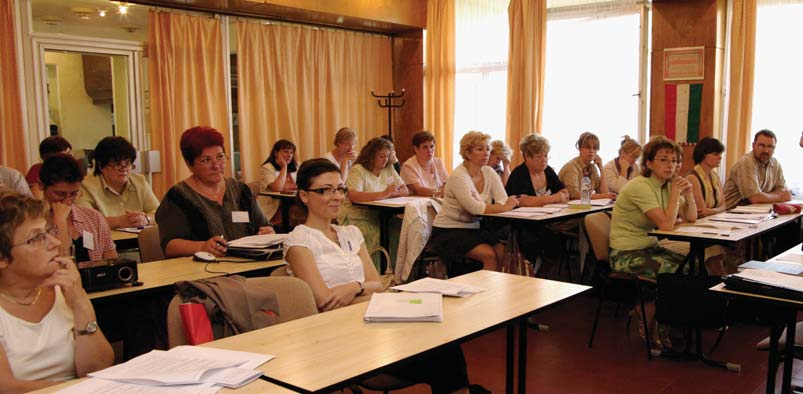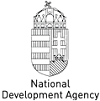Coordinator: Tibor Vidákovich
 The fi rst complete system of teacherimplemented measurement tools for the diagnostic assessment of skills and abilities for children upon entering school was developed at the University of Szeged in the late 1970s. This system was used for decades by kindergarten teachers, experts and researchers alike. In the early 2000s it was re-evaluated and revised and is presently recommended for the diagnostic assessment of skills and abilities for children when entering school. There is also a second evaluation system that has been in use since 2006; a comprehensive diagnostic assessment for students in grade 4. This system was also constructed by a group led by researchers from the University of Szeged. Following the initial national assessment, this system has been used, since fi rst implemented, for annual national diagnostic surveys in Hungary.
The fi rst complete system of teacherimplemented measurement tools for the diagnostic assessment of skills and abilities for children upon entering school was developed at the University of Szeged in the late 1970s. This system was used for decades by kindergarten teachers, experts and researchers alike. In the early 2000s it was re-evaluated and revised and is presently recommended for the diagnostic assessment of skills and abilities for children when entering school. There is also a second evaluation system that has been in use since 2006; a comprehensive diagnostic assessment for students in grade 4. This system was also constructed by a group led by researchers from the University of Szeged. Following the initial national assessment, this system has been used, since fi rst implemented, for annual national diagnostic surveys in Hungary.
Viewing the above systems as a base, the scope of skills and abilities measurable with these diagnostic tools can be revised and extended as the need for information arises and the technology for how to harvest it becomes available. In addition to the resources currently available, a similar fully comprehensive system of diagnostic assessment for all school grades is required. It is the main objective of this project to fi ll the gap between the currently available measures of school readiness in grade 1 and measures of lower elementary education in grade 4. This will be accomplished through the development and construction of a comprehensive, integrated system of diagnostic assessment of skills and abilities for students in grades 1 through 6.
No less than 500 tasks are being constructed for each of the three main domains, reading, mathematics and science—1,500 items as a minimum. These tasks will be incorporated into a battery of structured tests, employed in empirical investigation, and used for testing and the setting of parameters. The task battery will comprise several test variants and be distributed to a nationally representative sample of students numbering in the thousands. Based on the assessment, national diagnostic maps of the measured skills and abilities will be generated to refl ect the development of individual components. Subsequently, by drawing on available task items, further test variants may be developed for the purposes of summative assessment.
One of the long-term goals of developing diagnostic assessment instruments is to provide practitioner teachers with a system that would not only inform but foster the planning of their development. For this reason, measurement instruments are arranged into item banks. The development of task and test banks to be used in this way is unprecedented in Hungary and therefore requires meticulous preparation. Since effective student development is based on criterion-referenced evaluation, these future task and test banks must be useable in ways that would enable criterion-referenced analysis of the results.
In the fi rst phase of the project, the items will be presented on a paper test that will be fi eld-tested on nationally representative samples. These initial test results will be used to determine the item parameters. Once the item parameters have been determined the item-banks may be used for large-scale national assessments. The results of these initial paper-based assessments will also set the standard to which the results of future online assessments will be compared.










